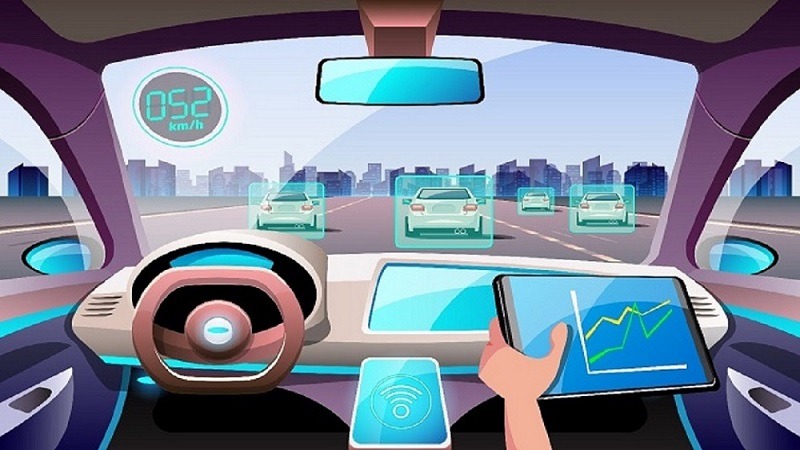Today’s data-driven world forces businesses to be overwhelmed. Dealing with that information is a very big issue: making effective decisions based on information buried deep inside huge datasets. More traditional data visualization means falling short, however useful, in being able to paint the whole picture of what lies inside a bunch of numbers.
Enter Generative AI. This enables data visualization to go from static plots and graphs to dynamic stories. Imagine AI generating visualizations that are enlightening to the hidden patterns, predictive in future events, and adaptive on insights, such that they become personalized for various audiences. This is the future of data visualization with Generative AI.
Transforming Data Visualization: Understanding Generative AI
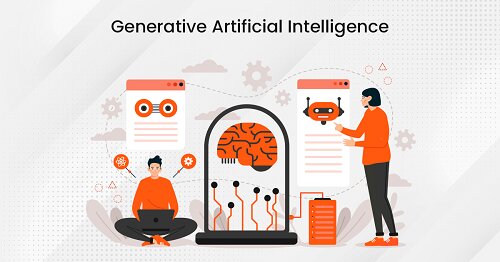
Generative AI is a subset of Artificial Intelligence focused on creating entirely new data: images, text, audio, or even code. In other words, as opposed to a traditional AI model, which is trained for classification or prediction, through Generative AI, one learns the underlying structure and the patterns of the data set. Hence, making it capable of generating new content that is different from but shares the underlying structure with the original data. The main two reasons for the rise of Generative AI are:
Deep Learning Methods
Generative AI is running on deep learning algorithms, specifically neural networks. So extensive and rich are deep learning models that they can manipulate huge sets of data and identify the most intricate interdependencies among different data points. Deep learning is designed to be like the human brain in structure and functioning. Hence, it also allows Generative AI to learn and generate new data with great precision.
Increased Computational Power
Exponential increases in the computational power of GPU (Graphics Processing Units) have been instrumental in driving the explosion that Generative AI is experiencing. These powerful machines can deal with the intense computation necessary to train deep learning models and, in effect, allow Generative AI to process a lot of data and offer realistic outputs on a real-time basis.
Generative AI Techniques
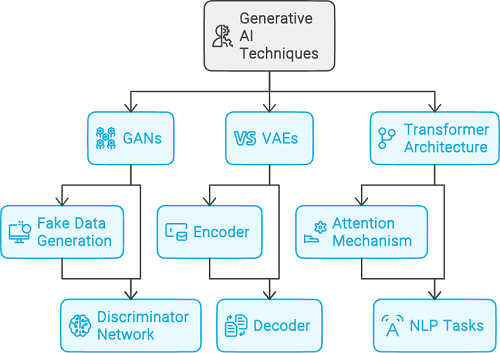
Generative AI is a vast world of techniques. In the below section, we look at some of the most prominent approaches:
Generative Adversarial Networks (GANs)
These were introduced in 2014 and are a powerful technique that pits two neural networks against each other in a competitive learning process. Essentially, it is a game between two networks—the generator, which makes counterfeit money, and the discriminator, which tries to detect the fake. During iterative training, a generator incrementally optimizes the realness of its outputs, while a discriminator hones its capability to tell apart the fake. These competitive dynamic pushes both to learn and improve in the creation of highly realistic data.
Variational Autoencoders (VAEs)
VAEs take a different route from GANs in performing generative modeling. The VAE consists of an encoder and a decoder. An encoder compresses input data into a lower-dimensional latent space that carries useful features, and then a decoder attempts to reconstruct the original data from that latent space representation. In this way, a VAE can learn the underlying structure of data and generate new data points with such characteristics. Variational Autoencoders are very good at generating realistic images and may be of value for the task of anomaly detection.
Transformer Architecture
This state-of-the-art architecture was brought by Google’s research team and pushed past old performance levels for NLP tasks. The way it uses the attention mechanism allows the model to focus on some specific, important parts of the input data at a given moment of processing. Transformer models are very strong in understanding complex relationships in language and can be used for generating human-quality text, translating between languages, and even writing various kinds of creative content.
Frameworks: Generative AI for Data Visualization
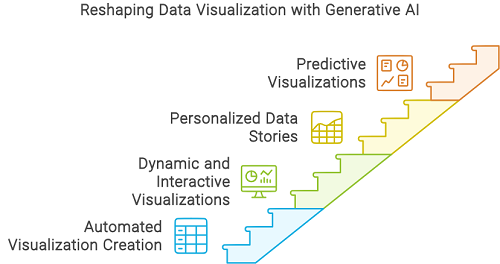
Generative AI opens up a world of opportunity for data visualization. How this is reshaping the field:
Automated Visualization Creation
The days of drawing charts and graphs by hand are long gone. Generative AI processes data and automatically develops the visualizations that best describe insights for which one is looking. This then saves time for data scientists and analysts to do what only they can—interpret and tell the story.
Dynamic and Interactive Visualizations
Most static visual charts cannot measure up to complex data potentiality. Generative AI has the potential to develop dynamic data visualizations where changes take place in real-time. According to the user’s interaction with the data, bringing out a deeper investigation of tendencies and dependencies to have a better intuitive grasp of the information.
Personalized Data Stories
Generative AI can be used to customize data visualizations for different audiences, including generalists and domain experts. Using Generative AI in this way, data insights are democratized in that they become accessible to more stakeholders. Imagine producing streamlined dashboards for an executive and, at the same time, producing something much more complex for a data analyst, all from the same underlying data.
Predictive Visualizations
Analyzing historical data to identify trends, generative AI would have the power to make data visualizations about what would happen in the future. This will enable the business to make decisions using data and plan for whatever challenges or opportunities that might arise.
Applications: Harnessing the Power of Generative AI
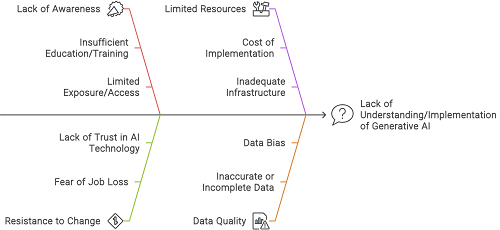
There are real-life applications of Generative AI in the field of data visualization that are way beyond the theoretical possibilities. Here are a few:
1) Better Customer Experience
-
Personalized Product Recommendations
E-commerce websites can use Generative AI development services to analyze purchase history and customer behavior on the platform. It can serve to offer customized product recommendations in dynamically created visualizations, such as interactive charts displaying how a new product compares with their previous purchases or visually compelling product comparisons that draw attention to key features.
-
Customer Journey Mapping
Analyzing customer touchpoints and interactions to generate visual representations of the customer journey. These visualizations can help to reveal bottlenecks, and point out improvements, and hence will result in a better frictionless customer experience.
2) Financial Markets and Risk Management
-
Interactive Market Simulations
Generative AI can be used to develop interactive simulations of possible market scenarios. In-time simulations like this would assist in measuring the risk factor for financial analysts toward making a sound investment decision.
-
Fraud Detection and Anomaly Identification
Training Generative AI models on historical financial data to detect patterns would allow for pinpointing any anomaly detected and risk identified by making dynamic visualizations. In this way, financial institutions will be able to be proactive in stopping fraud.
3) Science Discovery and Research
-
Visualization of Complex Datasets
Scientific research normally involves working out large and complex data sets. In this connection, Generative AI will develop interactive diagrams and visualizations that will help the different researchers in finding hidden patterns and relationships among the data sets. Hence, helping in scientific discovery and further leading to groundbreaking achievements in different study fields.
-
Synthetic Data Generation
Generative AI provides the ability to craft synthetic data sets that closely mimic the real world. This is particularly valuable in cases when collecting real data is expensive, time-consuming, or ethically challenging. For model training and hypothesis testing, it can be wielded, and this can ultimately accelerate research.
4) Smart Cities and Urban Planning
-
Traffic Pattern Visualization
The discussed Generative AI can analyze the real-time traffic data and thus predict the ensuing congestion of the traffic and optimize flow. The resulting visualizations will assist policymakers in developing traffic control methods and developing a way to construct more intelligent transportation systems.
-
Simulating Urban Development Scenarios
Generative AI can help develop visualizations simulating the potential effects of different urban development projects. In essence, it enables city planners to be informed of the potential environmental, social, and economic implications of the proposed changes long before the ideas have been implemented. Therefore, the result will be a more sustainable and efficient urban landscape.
Challenges and Considerations: Navigating the Landscape of Generative AI
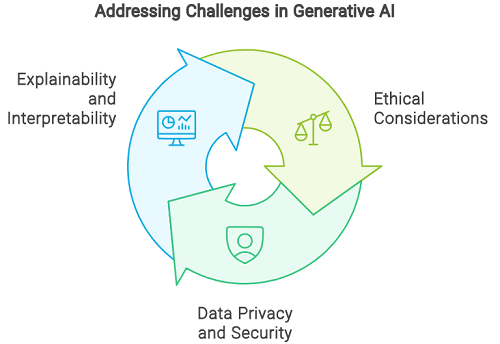
While there are many advantages to using Generative AI for data visualization, some challenges and considerations should be needed, including:
Ethical Considerations
There can be the risk of existing biases in the training data for the Generative AI models leading to the biases in the visualizations created and thus supporting prevailing inequalities. Correct data collection practices should be followed, and during the development and deployment of Generative AI-powered visualizations, measures should be developed and implemented for the detection and mitigation of biases. Proxy services for residential IPs can play a crucial role in accessing authentic datasets, helping to create fair and unbiased visualizations.
Privacy and Security of Data
Generative AI models are always hungry for data. There should be strong data security measures so that sensitive data is protected and provides privacy to the users in the course of data visualization.
Explainability and Interpretability
The reason it’s so hard to understand how Generative AI models come to form particular visualizations lies in the complexity of recurrent neural networks. Techniques should be developed in a way that results are generated by an AI model to be explainable for reasons of transparency and to foster confidence in data-driven insights.
The Future of Generative AI in Data Visualization
The future of Generative AI in data visualization looks bright. Here are some exciting trends to watch out for:
The Rise of Explainable AI (XAI)
As techniques for XAI progress, this will make more transparent the capability to understand the reasoning behind the generated visualizations by the Generative AI models, leading to further trust in the AI-powered insights and hence wider adoption.
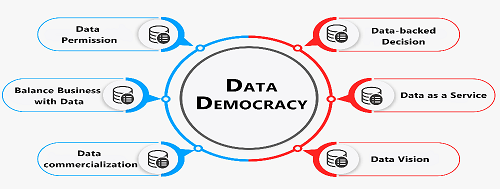
Multimodal Data Visualization
Generative AI will expand beyond single-dimension data visualizations and include text, audio, and video to help create overall more immersive and interactive data exploration.
Democratization of Data Visualization
Generative AI-powered tools will be made more user-friendly, and even those without any technical knowledge on the subject will be able to devise excellent and meaningful data visualizations. This will put tools of insight in all people’s hands across disciplines, to use the power of data in making their decisions better.

Conclusion
Generative AI is changing the game for data visualization by launching a new dawn of insights that are dynamic, interactive, and personalized. Such an advance in technology is likely to have ever more revolutionary applications across different sectors. With an embrace of Generative AI, true unlocking of data’s potential by businesses and organizations is enabled toward a future fuelled by data-driven discovery and innovation.
Frequently Asked Questions (FAQs)
1) What are some popular techniques within Generative AI?
Remarkable techniques in Generative AI include Generative Adversarial Networks, Variational Autoencoders, and Transformer.
2) What are some of the key applications of Generative AI in data visualization?
Generative AI enhances data visualization through the increased capacity of data preprocessing and augmentation, automation of analytics tasks, enhancement of visualization techniques, and creation of big data insights from various fields of industry.
3) What are the challenges in adopting Generative AI?
The challenges include such ethical considerations as deepfake technology, biases in the training data, concerns about data privacy and security, and interpretability of AI-given insights.
4) How can organizations harness the power of Generative AI responsibly?
Through best practice adherence, ensuring the integrity and diversity of high-quality training data, using tools infused with AI, transparency, and explainability, promoting data privacy, and security as top priorities.
5) What are some concrete real-life applications of Generative AI?
Generative AI is being applied in healthcare for medical imaging, retail for product recommendation, customer service for upgrading customer experience, and finance for fraud detection and geospatial analytics in property risk assessment.
6) How can businesses get started with Generative AI implementation?
In this sense, businesses should first identify the particular use cases in which Generative AI can create value and then partner with experienced AI providers, which ensures proper training and education for the teams included in the implementation and utilization process.

